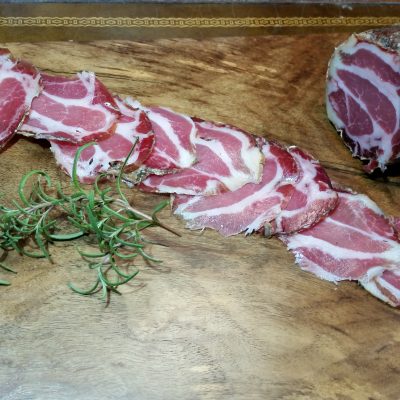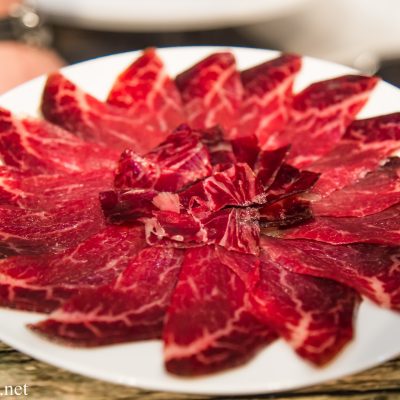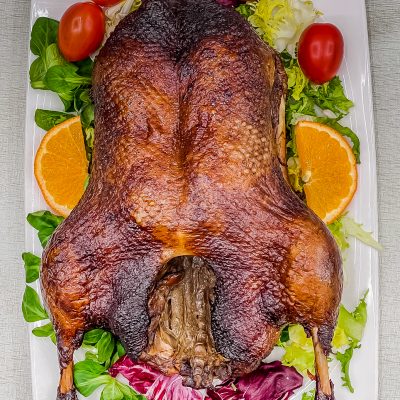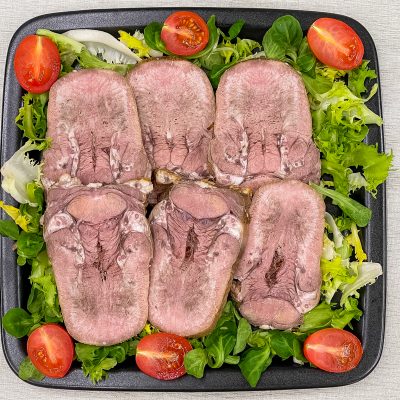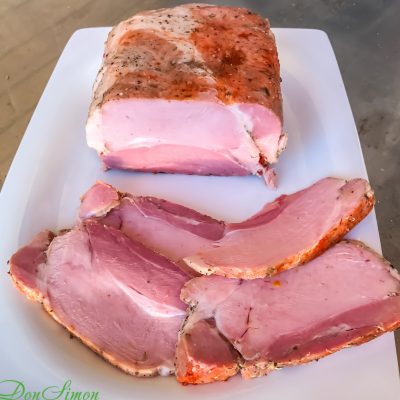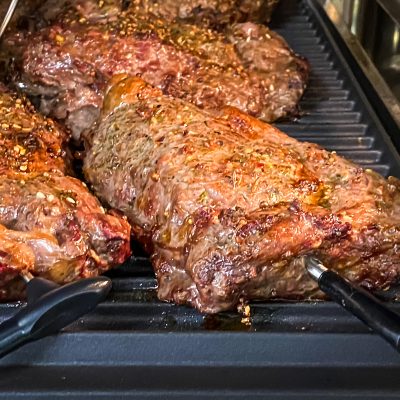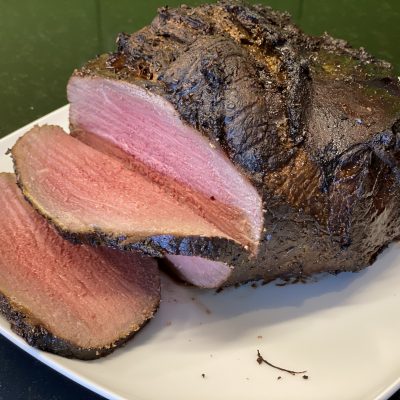Directions
There were not many archbishops of Toledo whose acumen and talents surpassed that of Alfonso Carillo de Acuna. Yet, Carillo dedicated his life to serving God in a curious way for the religion of the Crucified. Namely, the venerable archbishop spent most of his time in the office to strengthening the crown of Castile, using either sword or arranged marriages. Mainly to him we own the union between Isabella and Ferdinand that sowed the seeds of unified – relatively speaking – Spain. Our boys from religious camps who try to influence political life – I’m referring here to Pat Robertson, Kirill of Moscow, late Jerry Falwell and their unending kind – are merely armatures in comparison with this Politician of the Church.
As the legend goes, the Most Reverend had an assistant whose only duty was to scrupulously record any foolish act, done under the roof of Carillo’s household. The name of the scribe has been lost for posterity. At the end of each month, archbishop would review this record. One day, to Carillo’s utter surprise, his name appeared on the list. The record had shown that the archbishop bestowed a large sum to an alchemist.
Carillo, the holder of the cathedra of Toledo, summoned the lowly scribe.
– What if he succeeds turning cooper into gold?
– In such case, Your Grace, I shall erase your name from the book and put the alchemist in question under that record.
Free cheese is found only in a mousetrap, nothing worth having comes easy, and best things in life are worth waiting for. Exceptions to this universal rule are few and far between, especially in the art of dry-curing meats. There is a price to pay for shortcuts. If you lucky, it’s just a quality of the product, if not — your health. Listed below recipe of “Archbishop’s Scribe Tenderloin” belongs to the short list of such exceptions.
Pork tenderloin has never been my preferred cut of meat to cure. I’ve done it few times, of course. Yet, the charcuterie gods demand something tougher to turn it into the epicurean wonder. Sparkles are byproduct of transformation of a rough metal, not soft plastic. Dry-cured pork tenderloin lacks complexity and character that comes with time of meat’s change on the molecular level. Yet, if someone desires to get a product quickly, this is a valid option. Two weeks of dry-curing is enough for tenderloin.
“Archbishop’s Scribe Tenderloin” owns its existence to the necessity to keep humidity in my “Curing Chamber” around 80% for a month, a semi-requirement of aging another product. Hence, I’ve stretched the dry-curing time of the tenderloin to one month with relatively low for this cut weight loss of 41%.
Recipe:
Two tenderloins went to fridge in vacuum with 2.55% of sea salt, 0.25% cure#2, 0.2% coriander, 0.03% cloves, 0.7% white paper. A splash of Fernet – Branca was also added to provide some colors to the bland profile of the meat. Typically, even two days in vacuum is enough for this cut; I’ve kept it a week. Then, the usual: rinsed, dried, let it rest overnight in refrigerator, and dusted with a mix of the same spices before placing for four weeks into the “Curing Chamber.”
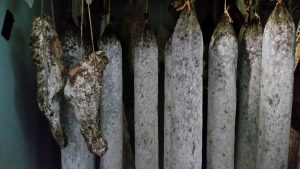
Results: Surprisingly, not that plain. Light “paperishiness” provides a base for the noticeable aroma of coriander with hints of citrus. Of course, there is no depth, no exquisite aftertaste that comes from time. As I was destroying it with some cheese and, symbolically, the last bottle of November’s Beaujolais Nouveau, I was contemplating on all the benefits the alchemy provided to our sciences without actually finding the philosopher’s stone. We have not learned to turn copper or lead to the gold, but as an unintended consequence, the money that people like archbishop of Toledo wasted on the alchemists created the chemistry as we know it. In the same way, although there is no shortcut to dry-cure the meats, some attempts are rewarded. That scribe was only half correct. And that we shall celebrate…
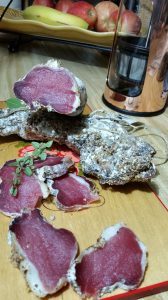


 Русский
Русский


